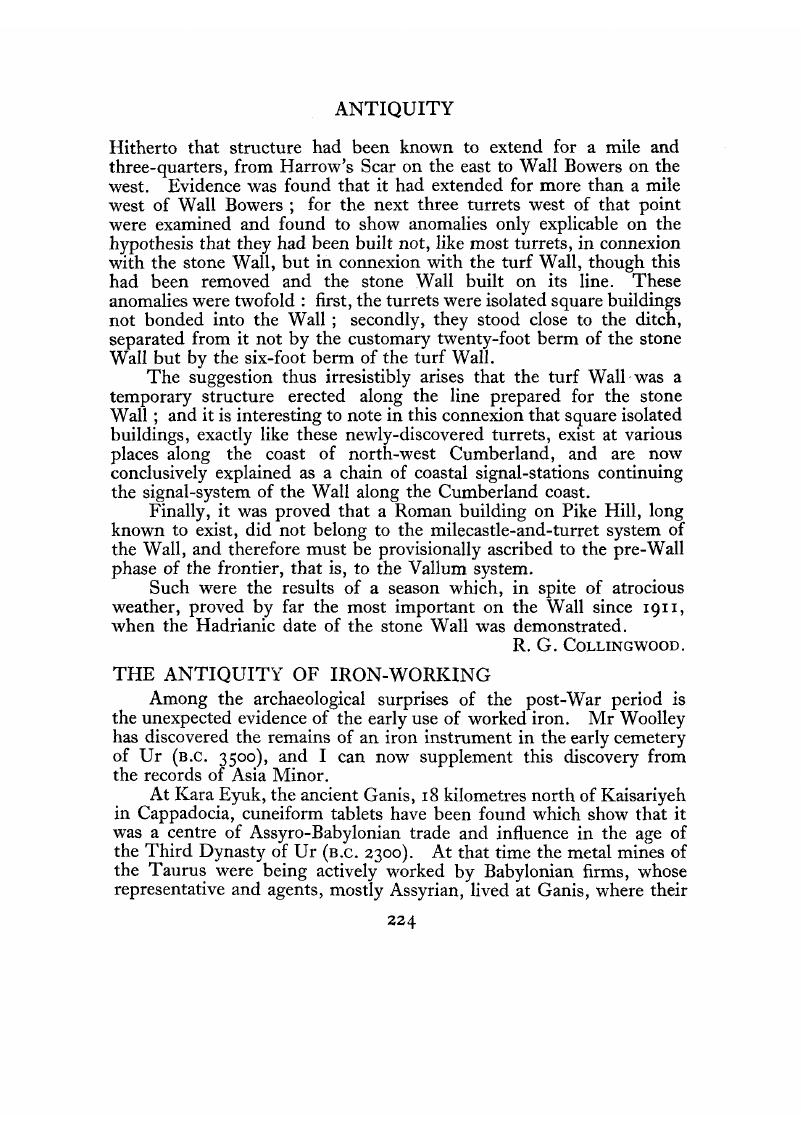No CrossRef data available.
Published online by Cambridge University Press: 26 May 2015

1 In BKU x,31. 4–6, 32. no. 66, ‘the Silver-man’ (written Kha-at-wa in Proto- Hittite) is associated with ‘the Dog-man’ and said to shout ‘Awaya!’
2 In the annals of Telibinus I, about B.C. 1700 (BKT. 11, I, 44) the name is written ‘the mountain of Barsukhandas’, and associated with Barminiyas or Banviniyas. In the chronicle of the invasion of Cappadocia by Sargon of Akkad also ‘Bursakhanda’ is described as situated on a mountain (the Ala-dagh). Ala-dagh in Turkish signifies ‘horse’ like the Arabic Farash (faras, ‘mare’), Hebrew, pharash. The Semitic word was borrowed from the Hittite paras ‘horse’ (from which Barwiniyas or Panviniyas may be a derivative).
3 Letters and Transactions from Cappadocia,byClay, Albert.(New Haven,1927.Google Scholar
4 Hence Greek χιτ ῴ ν (originally a Karian word according to Herodotus, v, 88) and Hebrew kuthoneh.